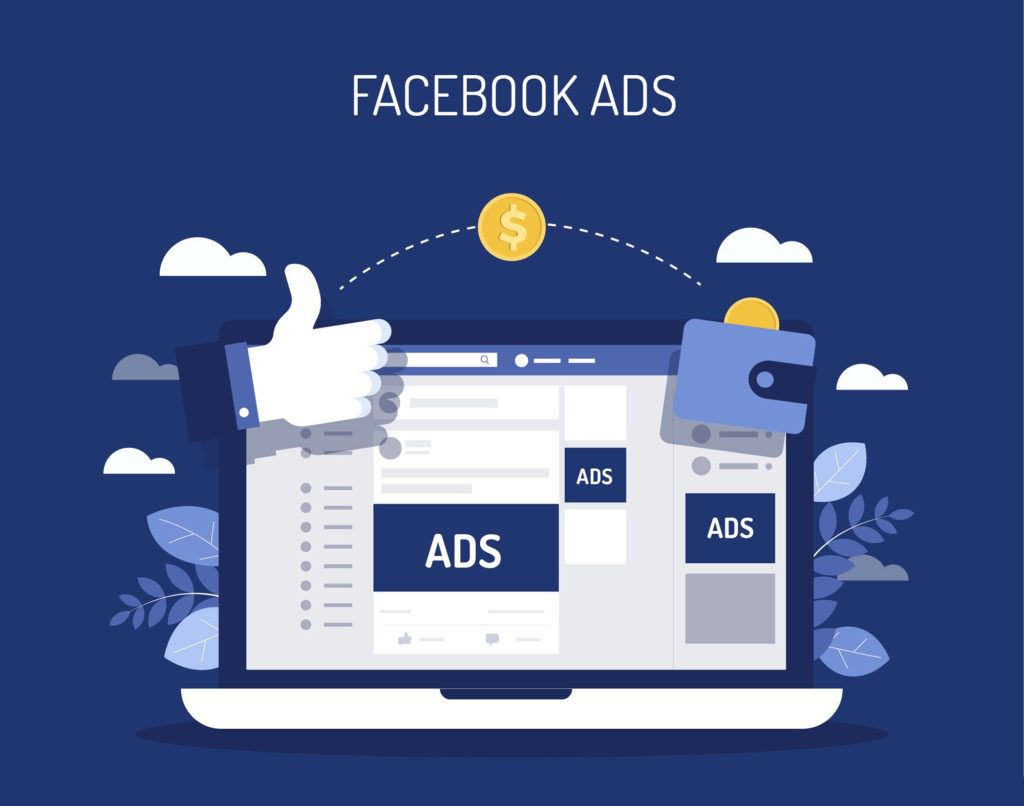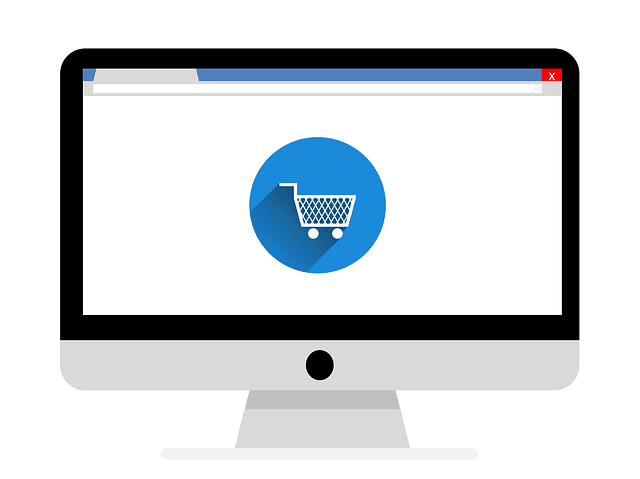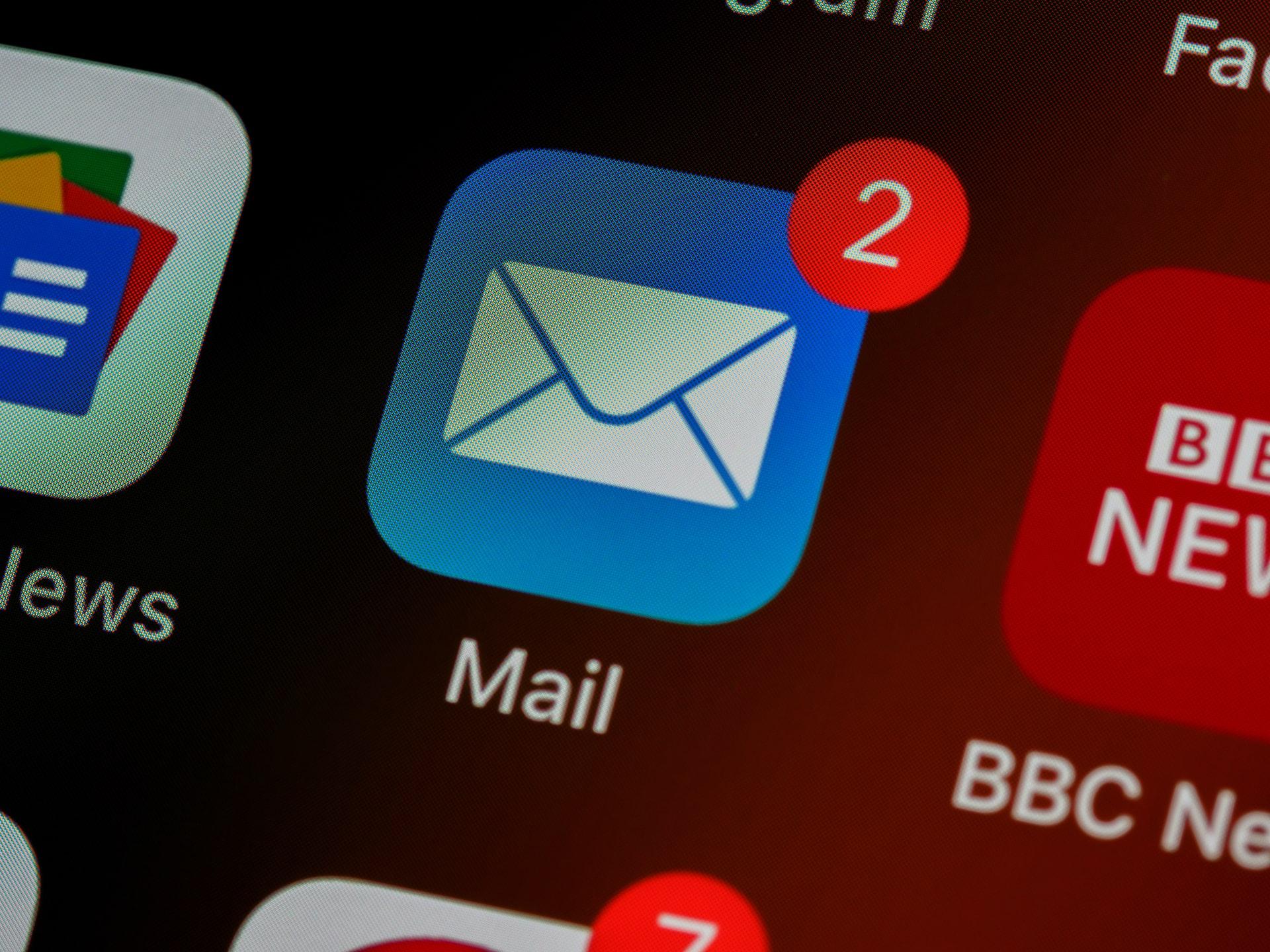
It’s time to capitalize on this momentum now that you’ve done the preliminary research to identify a market for your goods or services. Building an audience who is interested in what you have to give is what you need to do now. Applying your knowledge across media and utilizing a variety of techniques that change as you gain more knowledge will help you identify and expand your audience.
Using numerous strategies and platforms can help increase your audience reach. Some consumers want a mix of non-digital and digital brands for interaction, and 68% are willing to spend more money with a company that uses these channels to treat them like unique customers.
Whether you’re a startup or an established corporation, expanding your audience is crucial for small business success.
What Exactly is an Audience?
The individuals that come to see you are your audience. They are the ones who cheer and jump as soon as a pop artist enters the stage. They support you by purchasing your music, attending your shows, tweeting your lyrics, and engaging in contentious discussions with your detractors.
If you own an online store, your target market is anyone who reads your blog, shares your social media updates, and purchases your goods. They are the ones who continuously support your brand and show up. They are also the people you want to serve and the ones who will profit the most from your goods and services.
Why Is Building an Audience Important?
Consider the possibility that you have followers on social media sites like Facebook, Instagram, and YouTube.
The truth is that you are bound by these platforms’ latest algorithm changes. Imagine having 1 million users as followers on a network like Facebook when suddenly the platform changes its policies or leaves the market. Overnight, you’ll sever ties with your supporters. However, by building a good relationship with your customers or audiences, they will follow your brand even if there are no more social media available.
Here are reasons building an audience for your brand matters:
Advertising Is Getting More Difficult & Ineffective
Let’s face it, everyone in the market is focused on increasing their bottom line. Whether it be Facebook, Google, or another company. These tech behemoths rely heavily on advertising to make money.
They continually work to make organic (unpaid) growth on their platforms more difficult for this reason. The alternative is to pay them a large sum of money to run an advertisement, which is incredibly expensive and cannot be used as a long-term plan.
Cookies From Unrelated Parties Are Getting Rarer
The protection of the customer’s data is one of the biggest challenges in the quick-paced online world.
Google said that it would phase out third-party cookies on its Chrome browser in response to customer pressure brought on by new privacy legislation. It will enhance the need for stronger protections for online data.
This is nothing new; the European Union has previously aggressively enforced the GDPR to protect the data of its citizens. Therefore, it will become increasingly difficult to target customers with individualized communications. Understanding your audience is the only way to overcome this difficulty.
Enhances engagement
While SEO and social media increase the number of people who see your brand, their algorithms reward previously liked and shared material. You can convince Google and Facebook that your company is worthwhile for ranking and appearing on more people’s newsfeeds by having an audience that joins your email list, follows you on social media, and engages with you across platforms. Additionally, new users are more likely to engage and speak out when they visit your platforms and see your audience engaged with your business.
Increases client loyalty
Gaining the trust and loyalty of your audience by continually providing them with worthwhile items and information is a terrific strategy to grow your business.
They feel seen and understood when you put your attention on building an audience, listen to what they have to say, and build your business around their requirements. Making an emotional connection with your audience inspires people to support your company and incorporate your brand into their daily life.
Maintains your company
Through good and bad times, your business is supported by a devoted and active audience. They let you know what they need, and as long as you keep hearing what they have to say and providing solutions, you will have their support and the ability to expand your clientele.
How to Build Your Audience?
Utilize social media to get audiences in
Giving your social media channels a new approach and method will help you in building an audience. People want to interact with the companies they like on social media: 53% of Instagram users follow a brand. Additionally, 75% of B2B businesses have utilized LinkedIn paid ads to attract new clients.
By offering knowledge that relates to the interests of their audience, you can easily attract the right traffic. Additionally, you can promote user-generated content like tagged pictures. For instance, a decorator might offer tips on how to make a nice family room on a budget and then invite people to submit pictures of the furnishings they’ve put together following that advice. Once people start sharing these images, you can upload them to your social media accounts to give your material more authority and to engage your audience in your brand.
Improve your content
It’s a good idea to focus on your blog articles, sales pages, and social media content at this time if you already have them published.
Look at your writing and consider whether it is helpful to your intended audience. Are they affected by this? Can people use this and relate to it?
Use SEO best practices to extend your reach while rewriting your content to meet the needs of your target audience. Make your material simpler to read and share by using the Google search terms your target audience uses, providing complete and comprehensive answers to all of their inquiries.
Promote and distribute your stuff.
You can have a better grasp of your target audience after posting multiple pieces of content that have been optimized and interacting with readers and followers. After which, it’s time to expand your search for your audience. You can do this by promoting them via paid ads or organic postings on different platforms.
Develop an omnichannel marketing plan.
Utilizing new channels is one approach to building an audience; the other is to make sure your channels are interconnected.
Campaigns using three or more channels, such as email, banner advertisements, and social media, have a greater retention rate than single-channel initiatives, so the payoff can be substantial.
By using omnichannel marketing, you can make sure that both your present and potential customers are getting a single, consistent message that takes into account how they have interacted with your business.
Increase traffic to your landing page
You can attract new audiences by using social media postings, targeted digital adverts, and other content leading to your landing pages. To increase page views, ensure to use compelling CTAs based on audience priorities. This may be a free delivery offer for an e-commerce business with a price-conscious customer.
Additionally, your landing pages must have information for visitors to learn about your company. You may increase the audience you reach by utilizing several methods. Your efforts to bring visitors to your landing page pay off when you provide an engagement option for each of them.
Improve your brand.
Your company represents itself through your brand. Therefore, you must be sure to develop and maintain one that emotionally engages your audience. That covers everything from your corporate mission, vision, and set of values to your brand’s logo, colors, and tone of voice. In a busy digital arena, this is the secret to sticking out, being remembered, and—most importantly—being liked.
Fostering community
Business success requires more than just transactional behavior. When and where your audience needs you is when you need to interact with them. Schedule time each day to react to emails, respond to comments on social media, and otherwise go above and beyond to assist clients wherever they contact you. Be there with the answers if they have questions.
Listen to your audience instead of just responding to questions; they have a lot of insightful information that can help you innovate and improve on everything from the products you sell to your brand and the content you produce.
Pay attention to audience preferences
Look for patterns in your present audience’s priorities, engagement practices, purchasing patterns, preferred pricing, social media activity, and other factors. Use this information to update them or inform your outreach.
You might discover that your active connections are drawn to LinkedIn which can be a signal to focus on this platform. Or, in terms of the message, you might find that rather than a price reduction, your audience is more receptive to an offer for a free consultation.
Pay attention to audience conversion metrics
Tracking important audience conversion metrics can help you stay on course as you create the groundwork for your audience-building strategy.
Naturally, creating viral material is fantastic. But what you really want are enduring connections with those who are most inclined to back and promote your business.
Clicks and shares are nice, but they won’t help you in building an audience if they’re forgotten the next day. Controversial material that merely attracts haters to your platforms does not help either. It’s great to have an original viewpoint on a topic, but avoid using it solely to stir up controversy or increase brand awareness.
Conclusion
Building your audience through digital marketing is the best way to find traffic that converts. These customers not only buy from you, but they engage in your content and even recommend your brand to others. Therefore, make sure to find the right audience to help you achieve your goal, build relationships with them, and keep them from coming back.
AUTHOR BIO

VANESSA VENUGOPAL
Vanessa Venugopal is a passionate content writer. With four years of experience, she mastered the art of writing in various styles and topics. She is currently writing for Softvire Australia – the leading software eCommerce company in Australia and Softvire New Zealand.








